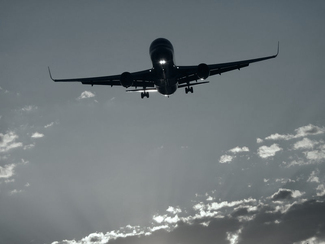
The BfS, being one of the key measuring institutions, operates a national monitoring network on the basis of the Radiation Protection Act (StrSchG) for the large-scale detection of external radiation exposure by continuously measuring the ambient gamma dose rate (ODL).

With the BfS-Geoportal, the Federal Office for Radiation Protection provides its own internet portal for search and visualization of spatial data (geodata) and web services (geodata services). Here, public authorities, interest groups, interested citizens as well as businesses can retrieve information: examples are artificial radionuclides (e.g. caesium-137) in food or feed or the radioactivity measured in rain. You can restrict your search results to specific periods of time or geographic areas, or you can get a general overview of Germany.
As part of air monitoring and trace analysis, the Federal Office for Radiation Protection (BfS) measures the activity concentrations of radioactive substances in the air. In air monitoring, natural and artificial radionuclides from the atmosphere are measured continuously; the results are available within a few hours. In trace analysis, minute traces of radionuclides are detected. For that purpose, airborne dust is collected in large-area filters over seven days, measured and then analysed.
Trace measurements in airborne dust are part of the Integrated Measuring and Information System IMIS. The Federal Office for Radiation Protection, the Physikalisch-Technische Bundesanstalt and the Deutsche Wetterdienst operate air samplers at 43 sampling locations for this purpose. Samplers allowing very high sensitivity detection of artificial radionuclides are operated at four stations.

Many people travel for business or pleasure reasons to their distant destinations by plane. These aircraft often fly at altitudes and latitudes, where substantially more radiation affects men than on the Earth’s surface. The energies of this high altitude radiation are so high that they can not be shielded.

The discharges of radioactive substances from nuclear facilities (emission) through exhaust air and waste water are regularly and permanently monitored and assessed. The resultant radiation exposure of the population is calculated from this. In addition, the atomic licensing authorities stipulate maximum values for the discharges from nuclear facilities.






